The Best School Lifts for Accessibility in Education
Schools, colleges, and universities have both a legal duty under the Equality Act 2010 and a moral responsibility to ensure all students, staff, and visitors can move freely through their premises. For many facilities, installing a lift is the most practical way to achieve this.
This guide covers the key considerations and lift options available to help schools make informed choices.
Why Accessibility Matters in Schools
Creating an inclusive school environment is about ensuring every student has the same opportunity to participate. Under the Equality Act 2010, schools are required to make ‘reasonable adjustments’ so that pupils with disabilities are not placed at a disadvantage.
When children with mobility challenges can move independently between classrooms, sports halls, libraries, and dining areas, they are better able to engage with the curriculum and feel part of the school community. This sense of belonging has a measurable impact on academic performance.
Staff, parents, and visitors all gain from easier movement around the site, whether they are managing mobility difficulties, pushing prams, or carrying equipment. In emergencies, lifts designed with safety features such as battery backup and evacuation functions can provide vital reassurance and improve response times.
Ultimately, investing in accessible design reflects a school’s commitment to the equality and well-being of everyone who walks through its doors.
Types of School Lifts Explained
Every school has different accessibility needs, and choosing the right lift depends on your building layout, the users you support, and the type of access required. Below are the main categories of school lifts, with examples from the Invalifts range:
Platform Lifts
Platform lifts provide step-free access between floors in a cost-effective, compact format. They require minimal building work, with shallow pits or ramps instead of a full lift shaft, making them ideal for retrofitting in schools.
The Motala 2000 Platform Lift is one of the most space-efficient models available, with a self-supporting shaft, up to 15m travel, and a 500kg capacity, making it perfect for everyday school use.
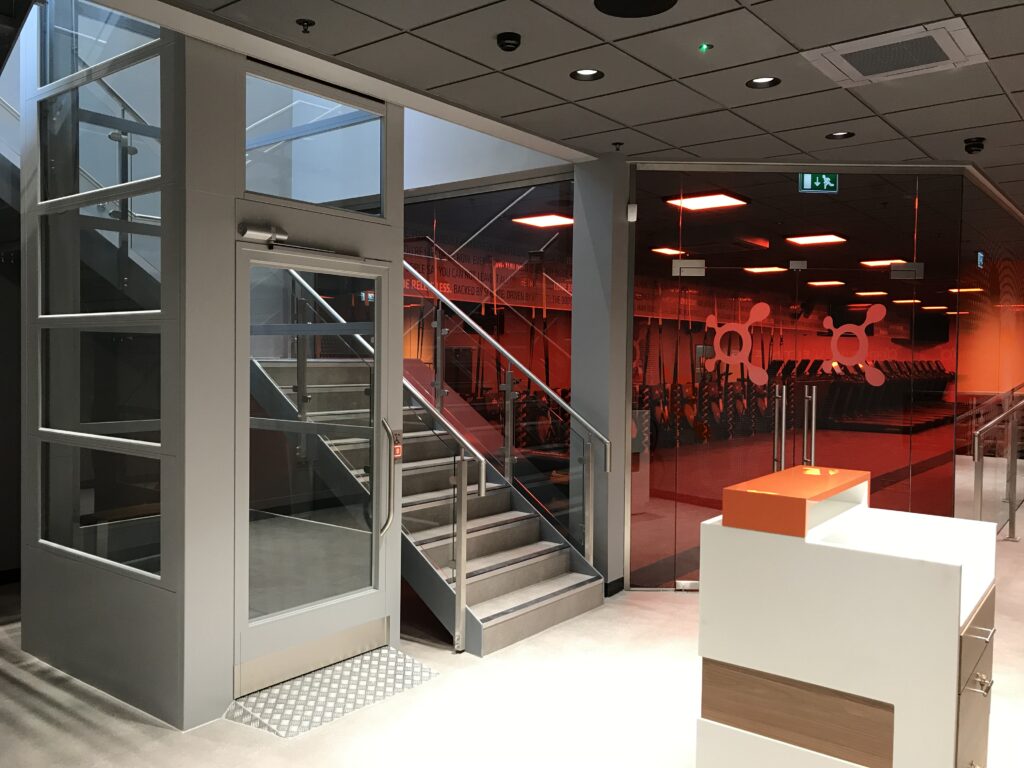
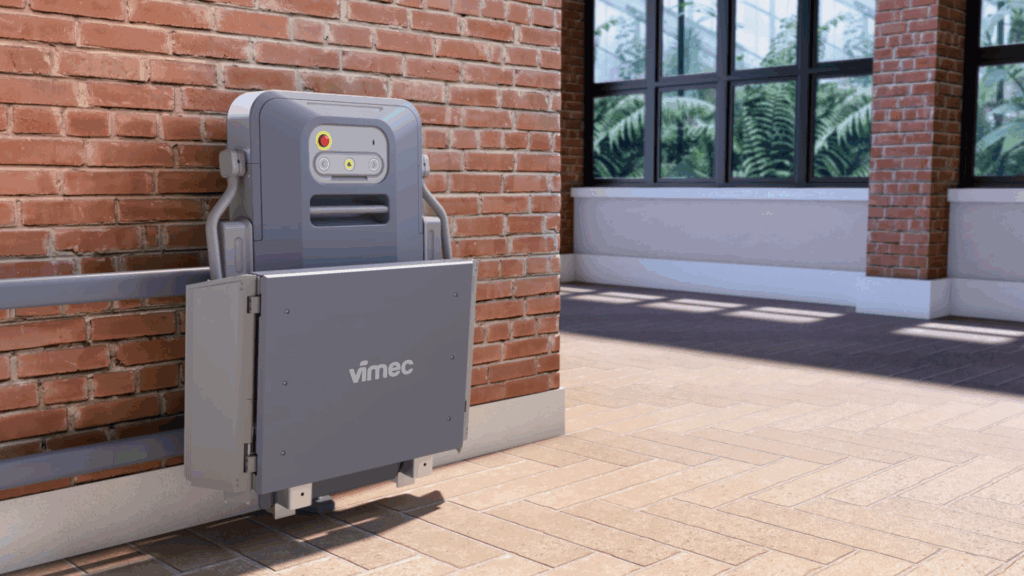
Inclined Platform Lifts
When a vertical lift isn’t possible, an inclined platform lift can be fitted directly onto straight or curved staircases. The Vimec V6 & V6s Platform Stairlifts provide reliable access for wheelchair users with foldable platforms that leave stairs clear for other users. With a 300kg capacity and weather-resistant options, they’re especially useful for older school buildings or external staircases.
Cabin Platform Lifts
Cabin platform lifts combine the accessibility benefits of a platform lift with the familiar feel of a passenger lift. They feature enclosed cabins, automatic doors, and one-touch operation for ease of use.
The Motala 2000 Cabin Lift offers a compact alternative where space is tight. The Vimec AR:IA Commercial Cabin Lift delivers quiet, energy-efficient operation with extensive customisation options, making it a strong choice for both modern and refurbished buildings.
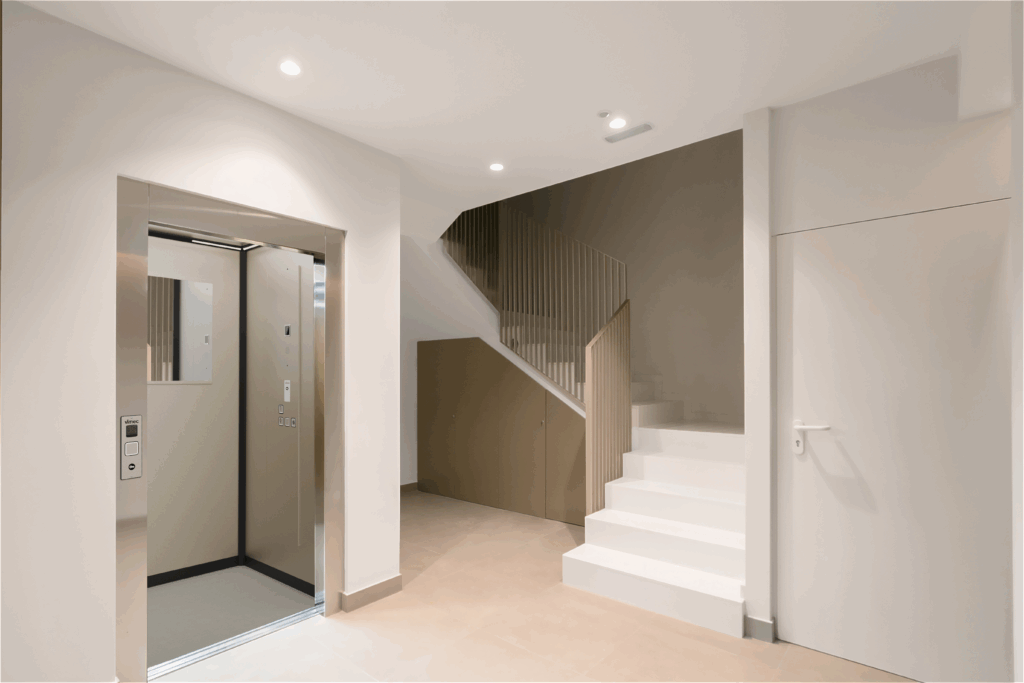
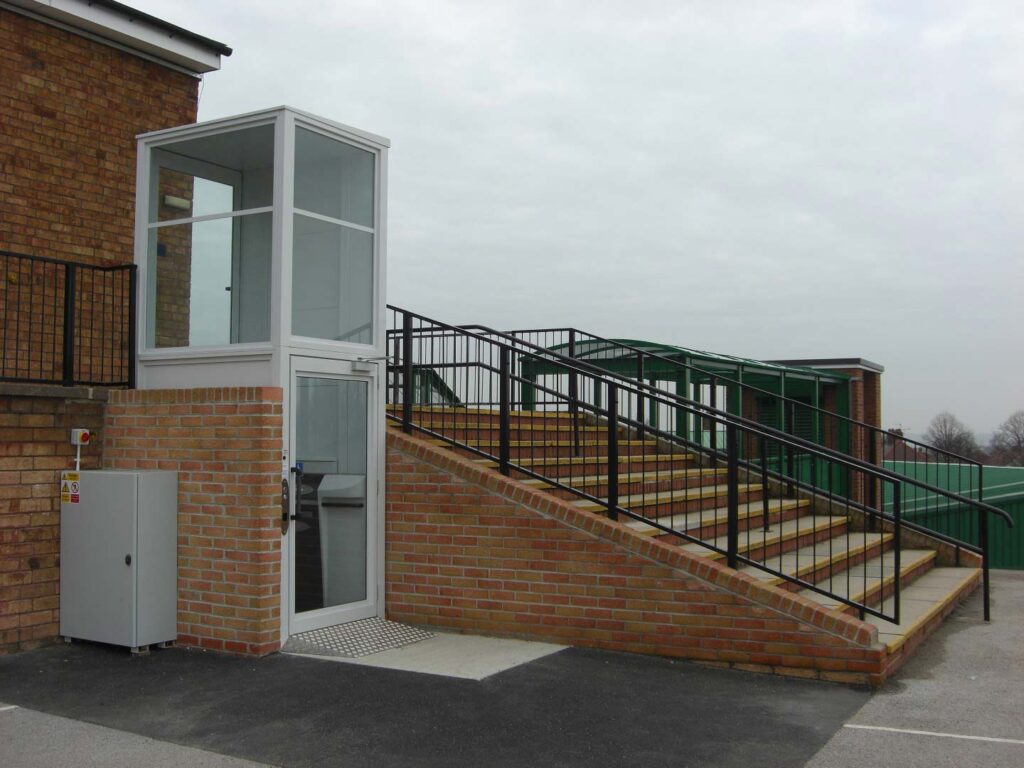
External Lifts
In some schools, retrofitting an indoor lift isn’t practical. The Aritco PublicLift Access (External)l is built for outdoor environments, with weatherproof features such as a canopy, anti-corrosion finishes, and heating options. It provides a durable solution for playgrounds, sports halls, or external staircases.
Specialised Lifts for Wheelchair Users
Schools often require lifts with larger platforms to accommodate powered wheelchairs or specialist equipment. The ILS 1000kg High Capacity Platform Lift is designed for heavy use, carrying large sports wheelchairs across multiple floors.
For moving equipment, the Aritco PublicLift Access (Goods) offers increased capacity and protective kerbs for trolleys, making it a practical choice for libraries, canteens, or resource areas.
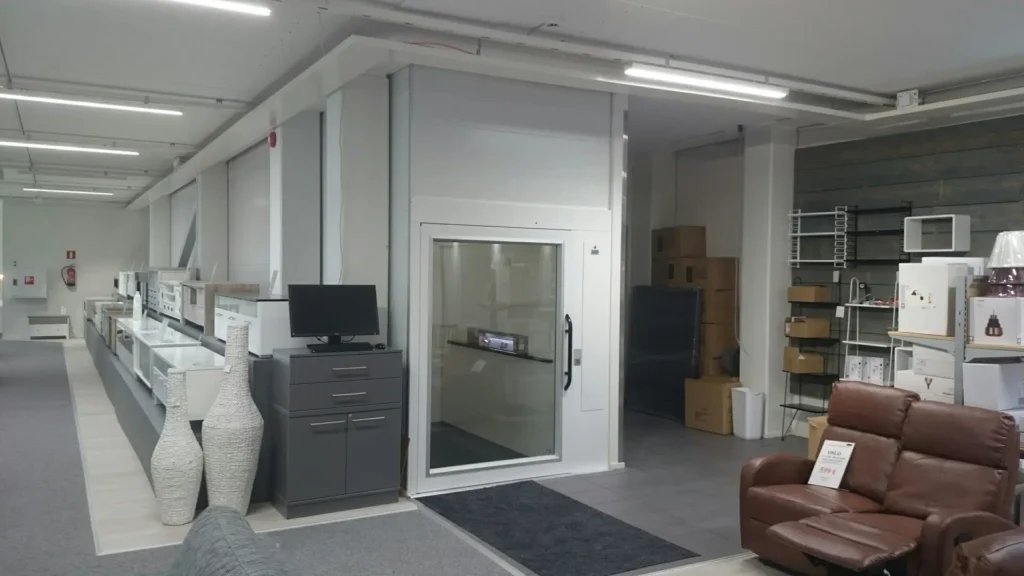
Flexible Lift Sizes for School Buildings
Not every school building can accommodate a standard lift footprint. Many older properties, or those with lifts that are now outdated and beyond repair, require a more flexible approach. The Motala 2000 Platform Lift is particularly well-suited to these situations thanks to its wide range of size options.
The lift comes in three standard platform widths, 1020mm, 1120mm, and 1220mm, with corresponding installation space requirements of 1180mm, 1280mm, and 1380mm. For compliance, the 1120mm width meets Part M standards, making it suitable for wheelchair users in schools.
In terms of depth, this model can be customised from a compact 870mm right up to an extended 1680mm ‘XL’ size, accommodating both tight spaces and larger access needs. This adaptability makes it possible to replace most old or non-functioning platform lifts without significant building alterations. For compliance, the 1480mm long platform meets Part M standards.
For schools, where layouts vary and space is often limited, this flexibility means accessibility upgrades can be achieved more easily, with less disruption and lower costs than a complete rebuild.
Regulations to Consider for Schools
We have already touched on the Equality Act 2010, and its urge for schools to provide step-free access to its inhabitants, but the Building Regulations Part M is another key priority, setting out minimum platform sizes, door widths, and safety standards for lifts in public buildings. Meeting these ensures that lifts are usable by wheelchair users and others with mobility needs.
Each school building has unique challenges, from space restrictions in older properties to high-traffic requirements in newer sites, and a detailed assessment identifies the right solution. You can contact our team today to schedule a survey with us for free.
Making the Right Choice for Your School
No two schools are the same, which means there is no single ‘best’ lift for every situation. The right choice depends on several factors, including the number of floors that need to be served, how frequently the lift will be used, and the specific needs of your students.
For example, a high-capacity lift may be essential for sports facilities, while a compact platform lift could be the best option for an older building with limited space.
Budget is another important factor, not only for the initial purchase but also for long-term running and servicing costs. Collaborating with architects, contractors, and accessibility specialists is the best way to ensure the chosen lift integrates smoothly into your school’s layout.
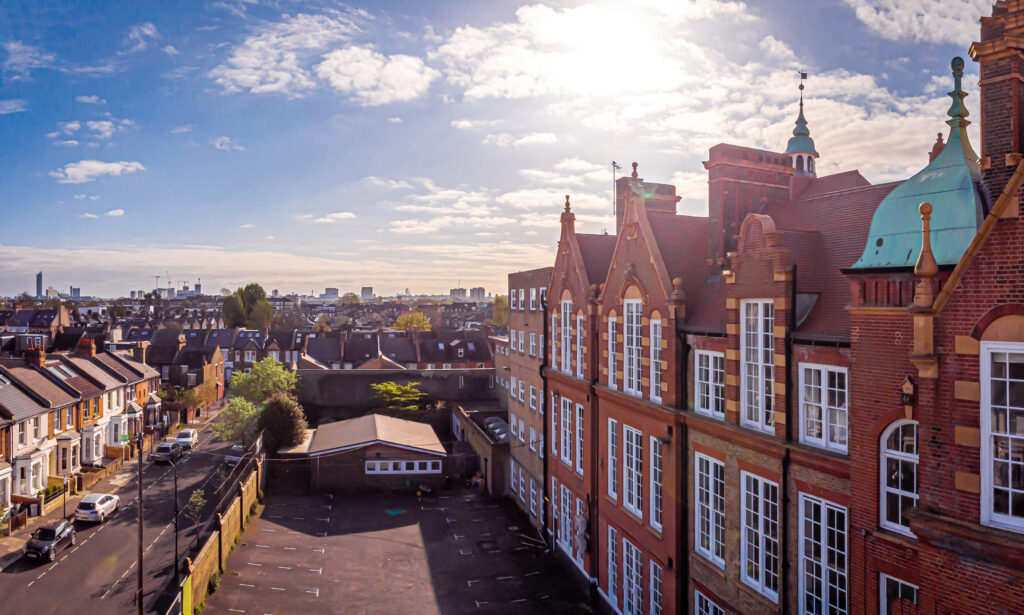
Your School’s Next Steps
Inclusive access is essential for every school, and choosing the right lift requires careful planning and expert guidance, especially during new builds or refurbishments. To explore the best options for your site, speak with our team today.
Request a consultation and take the next step towards a fully accessible school.

